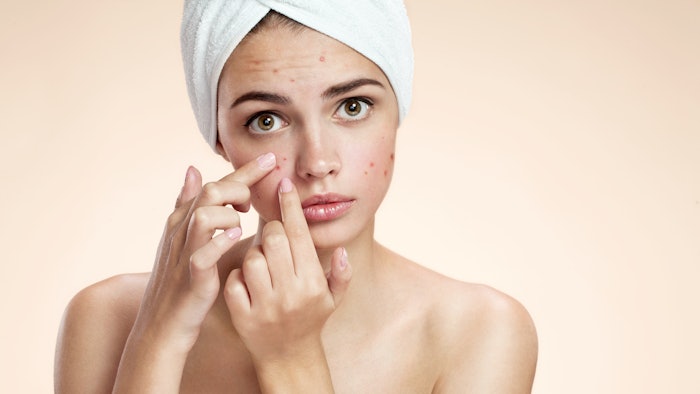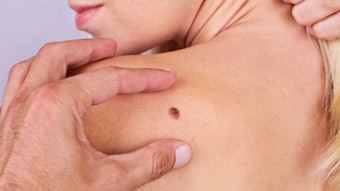
Acne is one of the most common skin concerns in the world and a constant point of conversation with clients who want to know why it develops and how to treat it. Acne topical products can restore balance to the skin microbiome by reintroducing beneficial bacterial strains that are depleted in acne-prone skin, counteracting strains responsible for breakouts.
According to a 2015 study, the Ac.nobacteria strain, known for its protective role against harmful bacteria, is significantly reduced in individuals with acne. There was also an increase of Proteobacteria and Firmicutes, harmful opportunis.c pathogens that trigger immune responses.
Here are four primary factors contributing to the development and persistence of acne, courtesy of La Flore Skincare.
Related: [How-To] Best Practices for Acne Extractions
1. Sebum Overproduction
Overactive sebaceous glands lead to excessive sebum secretion, a key factor in acne lesion development.
2. Keratinocyte Proliferation
An overgrowth of keratinocytes within hair follicles acts as a protective barrier against environmental factors, which can contribute to acne formation.
3. Proliferation of Harmful Bacteria
The presence of bacterial strains, such as Propionibacterium acnes (P. acnes), not typically found on the skin, can trigger acne outbreaks.
4. Inflammatory Responses
The skin's microbiome can induce inflammation, further aggravating acne, especially in cases of P. acnes overgrowth. A decline in the diversity of protective bacteria has also been linked to acne. This loss of diversity can activate the skin microbiome's immune system, resulting in inflammation and excess sebum production.











